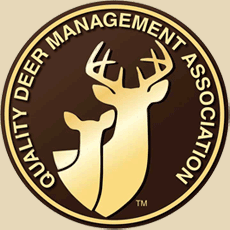Few things in the out of doors is as beautiful as a pointing dog holding a statue still point on a covey of bobwhite. The grace and elegance of the dogs as they hold the birds still with their glare is almost mesmerizing. On more than one occasion I have dreaded the flush knowing that the beauty of the point would end.
I have been fortunate enough to hunt behind some very well trained and beautiful working bird dogs and I have had the misfortune to hunt behind some, well, how do you say, malcontents disguised as setters or pointers. One is as thrilling as it gets in the outdoors and the other is as frustrating as it gets. The only difference between the two is – training. One of the handlers took the time and invested in his dog for the enjoyment of himself and the dog. The other – not so much and the anger and frustration was evident.
Training upland dogs is perhaps the most difficult of all styles to teach. The dogs instinct is to sniff out birds and to find them. Pointing, holding steady to shot and retrieval are all taught characteristics. While many methods are used with pointing dogs introducing them to birds, feathers and smells of birds cannot start early enough. Begin with a wing of a bird tied to a fishing pole or long cane pole. As the puppy begins to get interested place the wing in front of him and gently say; “Whoa, Whoa, Whoa.” When the puppy cannot contain himself any longer and breaks, jerk the wing away from him to simulate the flush of the birds.
This wing technique can be used for several months until the dog is more accustomed to holding his point. During this time is when you begin to position his body parts so he knows how he is supposed to stand while on point. Tail up or out, back straight, head still. Once your puppy has this down, and again this can take several months but it really does depend on the particular dog. Now it is time to introduce him to live birds. Most trainers use pigeons for this for two reasons. One they are inexpensive and two, they will fly back home at the end of the day.
When introducing your dog to live birds, you should start with them in a low cut yard so they can see and smell the bird. Place the bird down with his head under his wing. This will hold him tight for some time. As your puppy begins to move in close to the bird, you use commands such as; “steady, whoa, steady, whoa” So he knows he needs to slow it down and hold steady.
After this has been completed for several days, now you should introduce him to the shot. I prefer to do this with a partner and a long check cord. As the puppy approaches the bird ready the gun and when the bird flushes, I shoot and miss the bird. At the shot, your partner should watch the reaction of the puppy. Did the shot scare him? Did he run? Did he remain still? Your desire is for the puppy to remain still at the shot.
As you continue to introduce the shot to your puppy you can build confidence and eventually remove the check cord and command the puppy to stay until you release him. When a bird is killed, then you will begin the retrieval process. Most bird hunters use “find the bird” and hunt “Dead” as the command to find downed birds and retrieve them to the shooter. This should eventually be the que for your dog to start smelling for blood and find the downed bird.
Training upland bird dogs is a time consuming process that is best done when there are a lot of birds. Many trainers will purchase birds from pens to use for training purposes and others will take their dogs to preserves and use them to hunt over.






